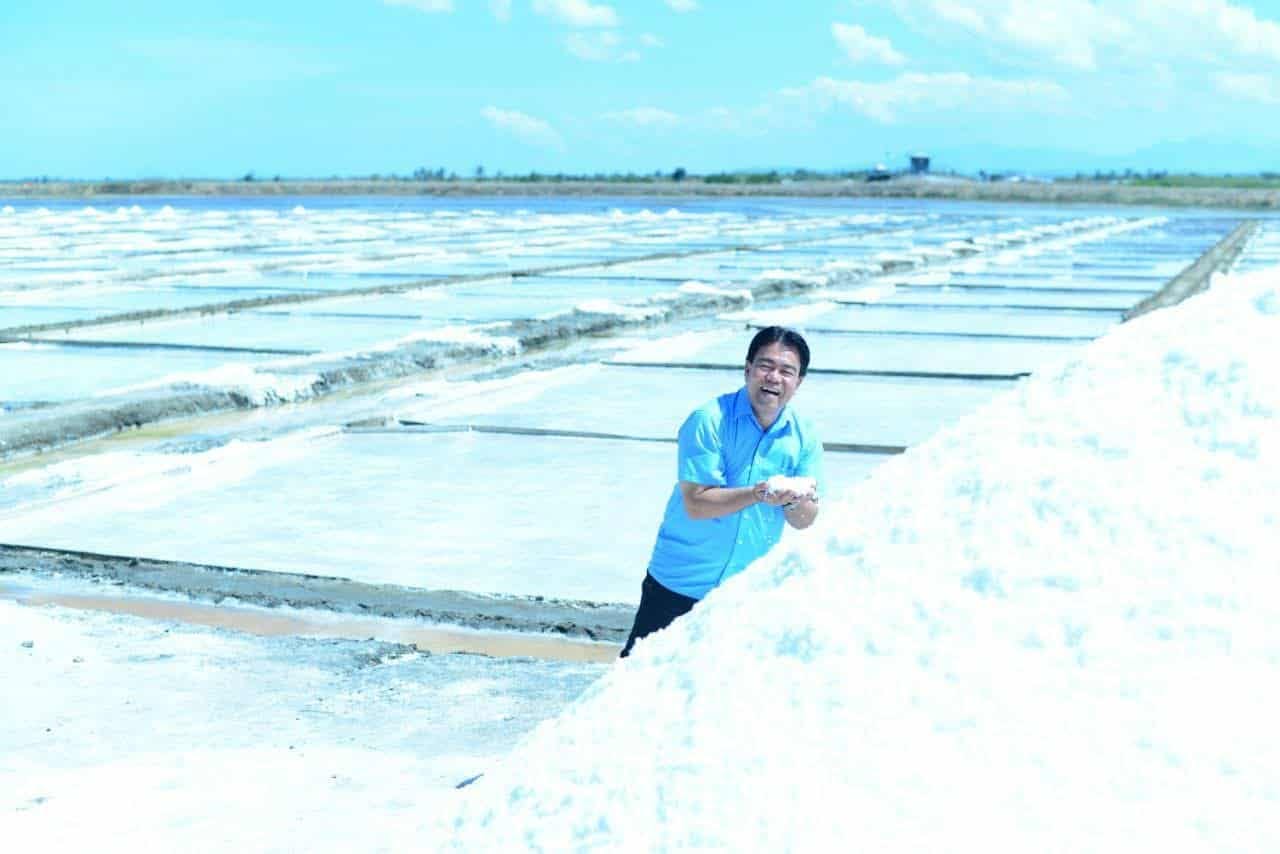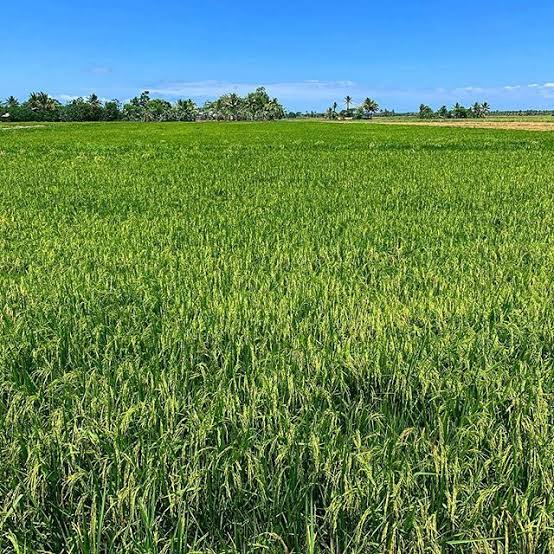The Philippines is pinning its hopes on Mindoro Island to help reduce its overwhelming reliance on imported salt, as the government unveils an ambitious 15-year plan to revitalize the country’s struggling salt industry.
The towns of Magsaysay and San Jose in Occidental Mindoro currently produce approximately 70% of the country’s domestic salt supply, according to Roberto Abrera, acting regional director of the Bureau of Fisheries and Aquatic Resources (BFAR) for the MIMAROPA region.
Despite this impressive contribution, the Philippines remains heavily dependent on imports to meet its salt needs.
The country imports an estimated 90% of its salt requirements.
Occidental Mindoro achieved record production levels in 2024, generating 156,571 metric tons of salt from its 1,000 hectares of dedicated salt farms.
The bumper harvest was attributed to favorable dry weather conditions, baring the industry’s vulnerability to climate patterns.
The province’s dominance in salt production is particularly striking given the Philippines’ extensive coastline of more than 36,000 kilometers, which should theoretically provide abundant opportunities for sea salt production.
The Philippine salt industry has experienced a dramatic decline over the past three decades.
In 1994, the country produced 300,000 metric tons of salt, but by 2010, production had dropped to less than half at 150,000 metric tons.
Meanwhile, salt imports have increased to fill the growing gap between domestic production and consumption.
In 1990, provinces like Bulacan, Pangasinan, Occidental Mindoro, and Cavite could supply almost 85% of the country’s annual salt requirement.
However, the local salt industry has since been severely impacted by several factors.
The labor-intensive and seasonal production, unreasonable labor practices, and small economic returns have steered the growing disinterest among younger generations, threatening the industry’s long-term viability.
The 1995 Act for Salt Iodization Nationwide (ASIN) law, which mandates that all salt for human and animal consumption must be iodized, has also presented obstacles for small-scale producers who lack the resources and training to comply with the requirements.
In response to these problems, the Department of Agriculture launched the Philippine Salt Industry Development Roadmap on July 8, 2025.
The comprehensive plan eyes to double salt production areas in Occidental Mindoro by adding another 1,000 hectares and introduce new technologies that would enable year-round production.
“We still have not reached the peak of Occidental Mindoro’s production, but we still have room for expansion,” Abrera explained. “We are currently dependent on solar energy, but we now have technologies that will enable us to produce even on rainy days.”
The roadmap also tackles logistical and marketing roadblocks through a coordinated government approach, recognizing that technical solutions alone will not be sufficient to revive the industry.
The Philippine salt market was valued at $214 million in 2024, representing a 2.3% increase from the previous year.
Beyond its economic value, salt self-sufficiency has strategic importance for food security and reducing import dependency.
File photo: courtesy of Rod Agas via FB









Write Your Comment